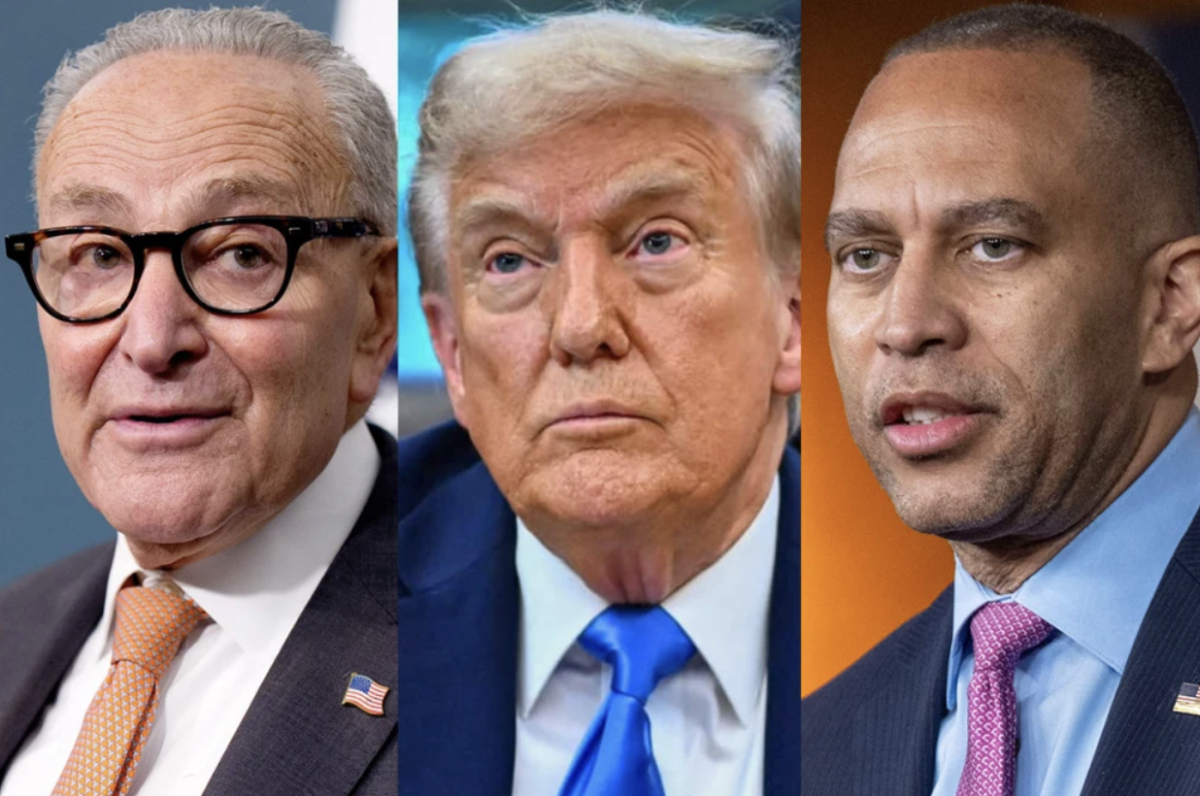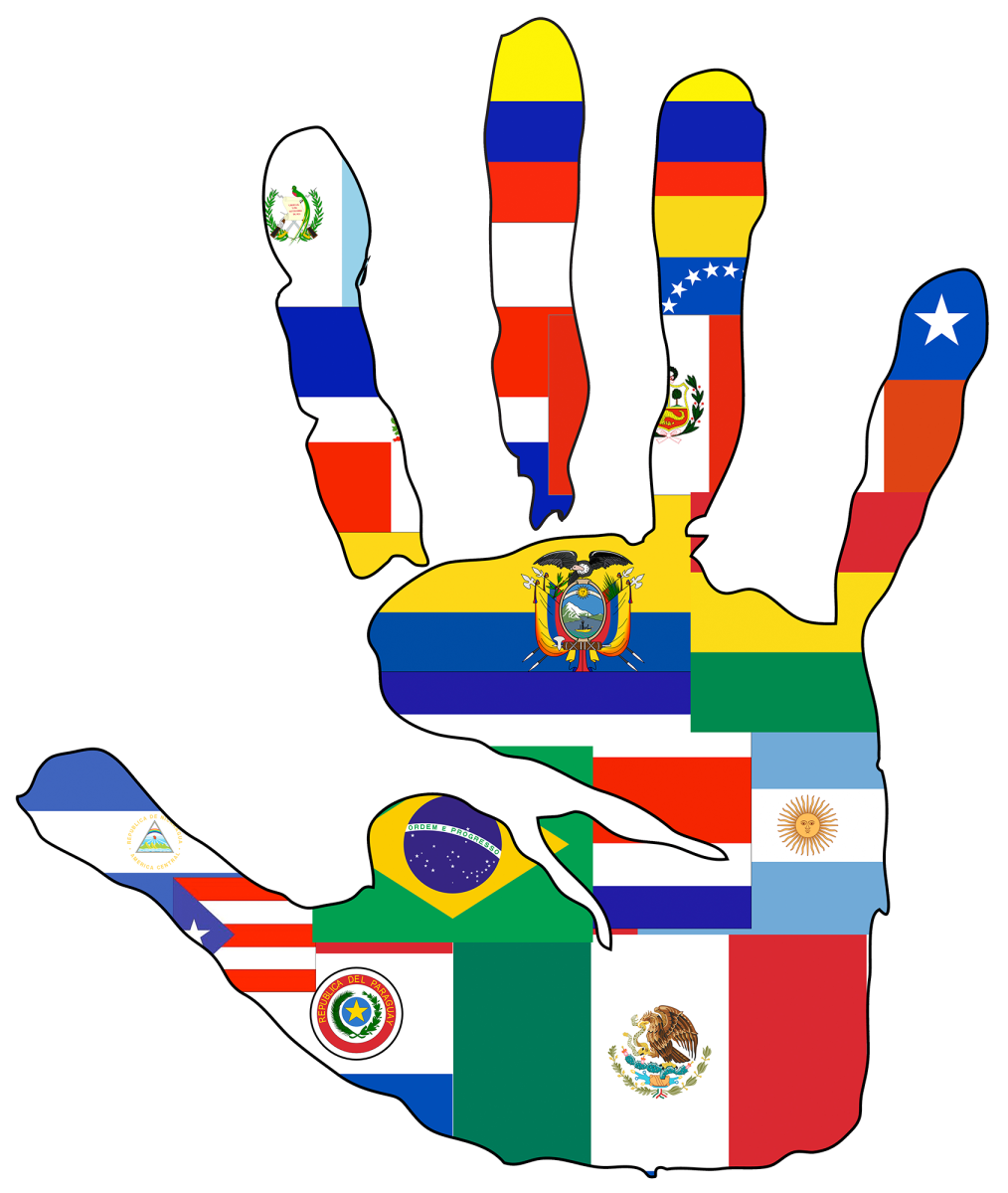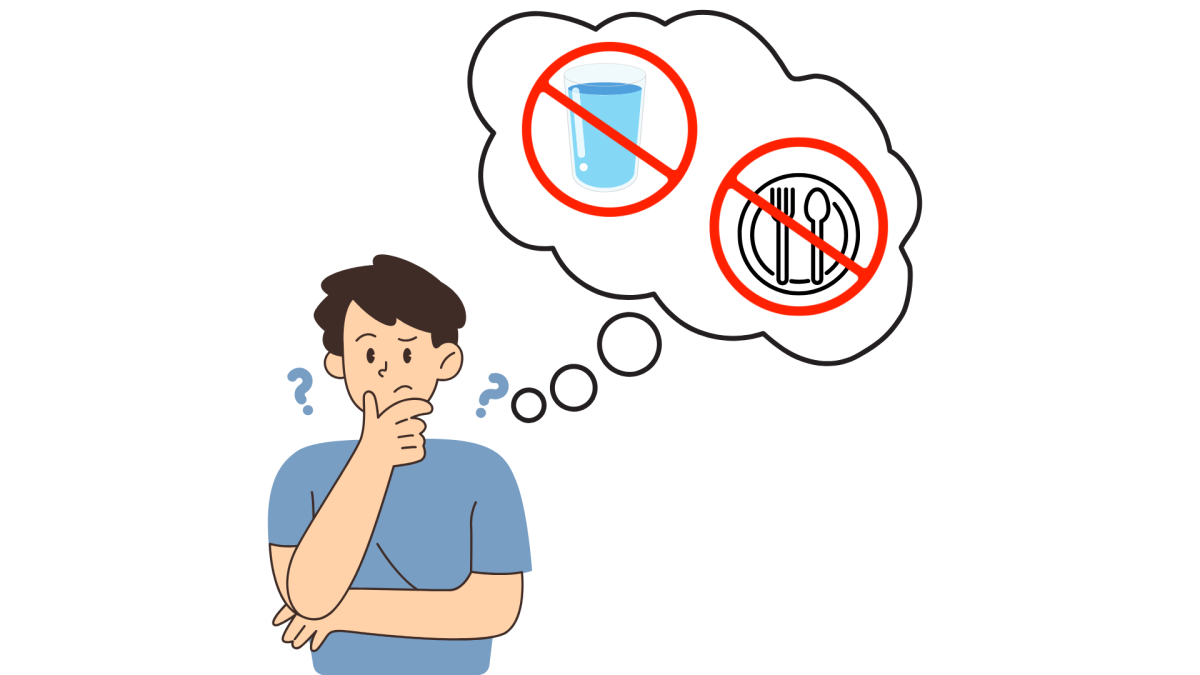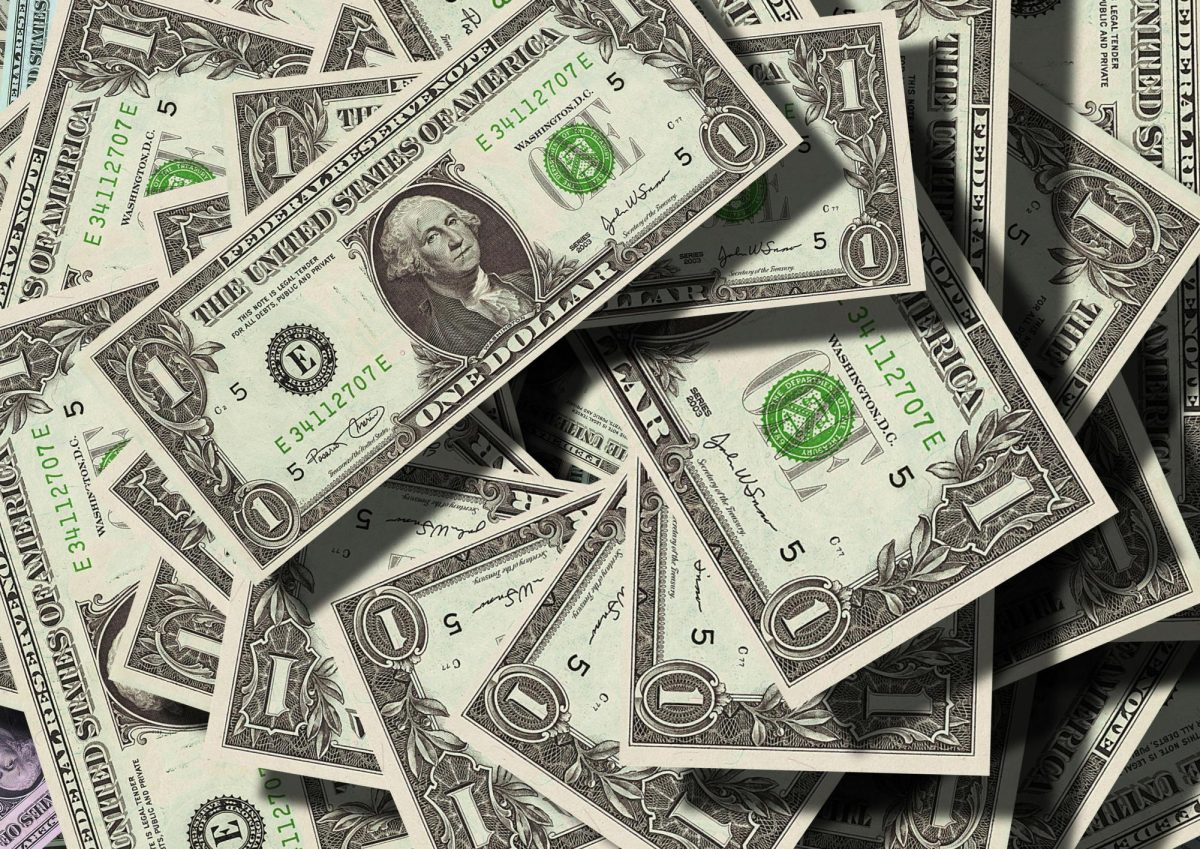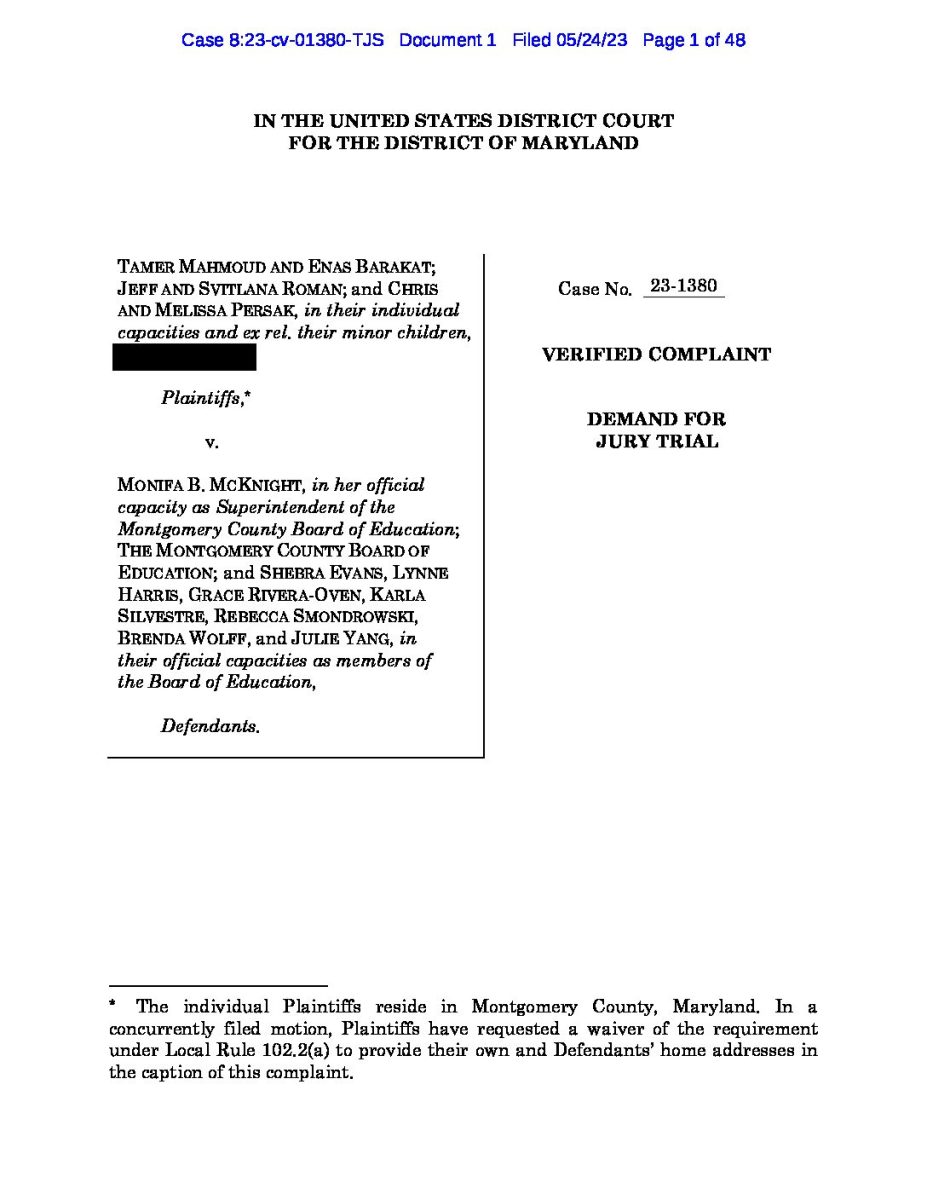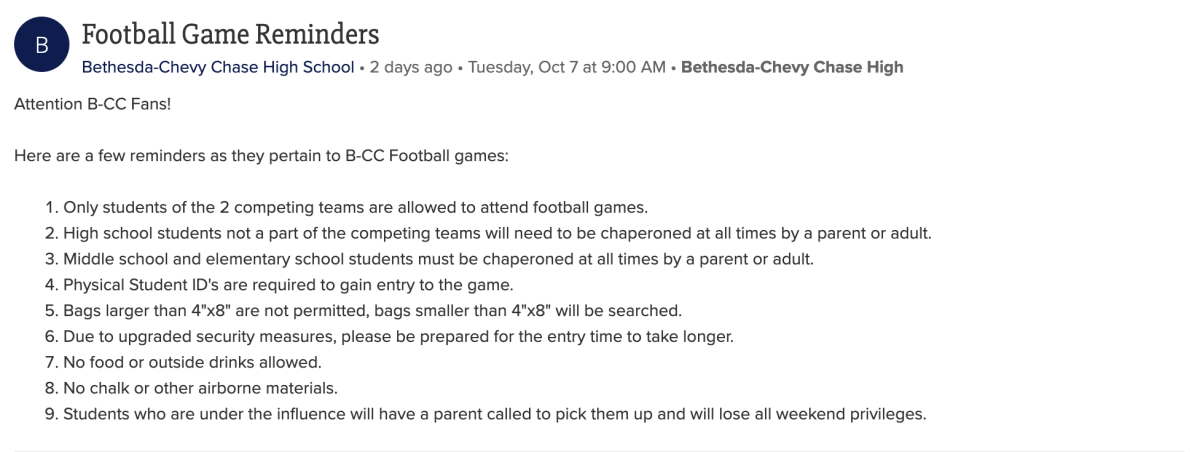On Monday, April 14th, U.S. President Donald Trump announced a 90-day pause on reciprocal tariffs for 90 countries, tariffs he had imposed just two weeks earlier. However, this pause did not apply to China, the United States’ largest trading partner. Instead, Trump raised tariffs on Chinese goods, first to 125% and then to 145%. In response, China announced it would implement its own countermeasures, further escalating trade tensions between the two world’s largest economies.
What is a Tariff?
A tariff is a tax placed on imported goods. It increases the cost of foreign products, making them more expensive for consumers here in the US. Tariffs are often used to protect domestic industries from international competition or to pressure other countries in trade negotiations.
Trump’s decision to impose tariffs on U.S. trading partners came along with an immediate reaction from the global stock market, with investors concerned about the potential economic fallout and recession.
Since the pause on tariffs, the stock market has begun to recover, and the economy has experienced slow growth. According to economists’ predictions, if Trump still decides to reimpose those tariffs, the US economy will likely not grow stronger and may head into recession in the next couple of months.











